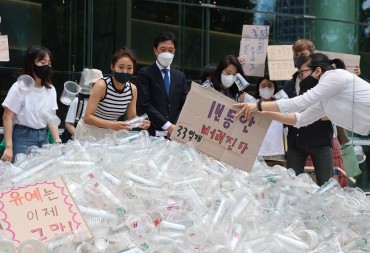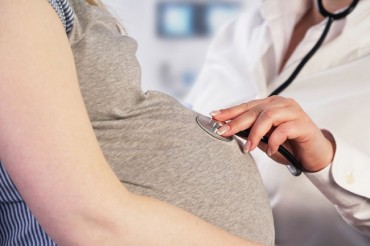
The childless rate is even higher when looking solely at dual-income couples. (Image courtesy of Yonhap)
SEOUL, May 13 (Korea Bizwire) – More than one in three young dual-income married couples in South Korea are “double income, no kids” households, known as DINKs, according to a recent study by the Korea Labor Institute.
The institute’s report on “Changes in Characteristics of Childless Couples Over the Past Decade,” analyzing data from the Korean Labor and Income Panel Study, found that 27.1% of married households headed by those aged 25 to 39 were childless in 2022.
This proportion has risen nearly 5 percentage points over the past 10 years from 22.2% in 2013 for childless couples in this young demographic.
The childless rate is even higher when looking solely at dual-income couples. During the same period from 2013 to 2022, the share of childless households among dual-income couples aged 25 to 39 jumped 15.3 percentage points from 21% to 36.3%.
In contrast, only 13.5% of single-income couples in this age group were childless in 2022, about one-third of the rate for their dual-income counterparts and showing little change from the 12.3% reported in 2013.
When examining wives’ employment status by childless versus child-rearing status, the report found the percentage of employed wives in childless couples increased 17.8 percentage points from 53.2% in 2013 to 71% in 2022.
However, for wives with children, the employment rate only rose 4 percentage points over the decade from 36.6% to 40.6%.
“This suggests that it remains common for wives in households with children to give up economic activity due to difficulties balancing work with childbirth and childcare,” the report explained.
Additionally, housing instability emerged as a factor hindering childless couples from having children. Only 34.6% of childless couples owned homes as of 2022, compared to 52% for those with children.
While childless dual-income households tended to have higher average real monthly incomes and more savings than child-rearing counterparts, they were about 1.7 times more likely to cite “buying a home” as their primary savings goal.
“To encourage childless couples to have children, it appears expanding housing support is necessary,” said Kwon Ik-seong, a senior research fellow at the Korea Labor Institute. “Strengthened policy customized to the labor market characteristics of wives in childless couples, along with greater work-life balance support, could help increase their incentive for childbearing.”
M. H. Lee (mhlee@koreabizwire.com)






